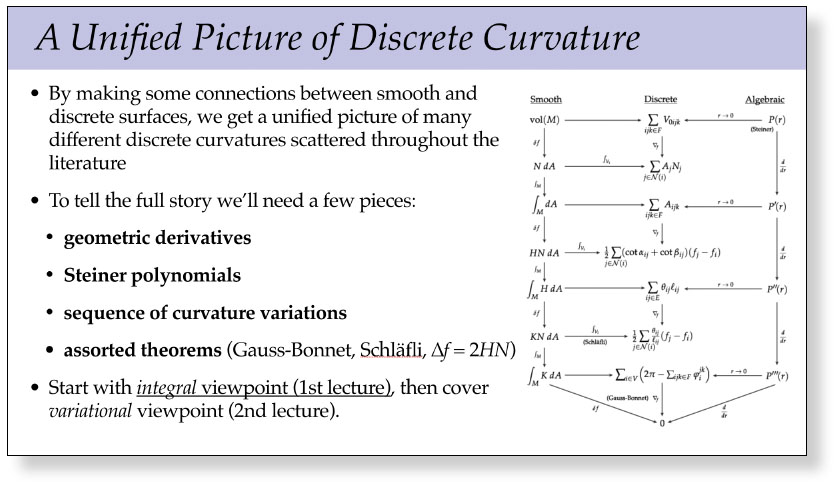In completing your assignment for finals next week, we thought you might find a couple videos helpful (though totally optional). The first was already linked to in the assignment writeup, which gives a reasonably short (18 minutes) motivation for and description of the algorithm you’ll be implementing. The second is a longer (50 minute) talk that covers the algorithm in more detail, and describes some fun extensions and applications of the same basic technique:
Enjoy!







